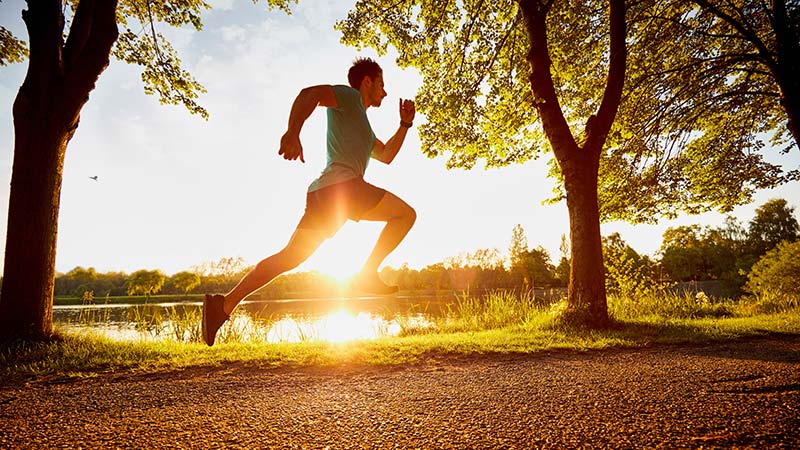One of the most repeated phrases from the Baz Luhrmann’s 1997 song ‘Everybody’s Free (To Wear Sunscreen)’, in this writer’s mind at least, relates to a word of warning about your most used joints — your knees.
As with many of us, I took my knees for granted as a younger man only to injure my left one during a long-distance race. It has bothered me ever since. Running on concrete more often that not leads to prolonged aches (less so on treadmills), and it can occasionally flare up and hurt, apparently for no other reason than to remind you that it is there.
But there are a few things you can do to help prevent this. Correct running shoes are an absolute must and you shouldn’t look to save money in that particular area, but aside from that below are a few things to think about when it comes to the long-term health of your knees.
Don’t heel-strike when running
It is important to remember to not over-extend your legs when running, to the point that your heel is the first point of contact with the ground. When you over-extend, the full shock of the ground will rise up to your knee and can often lead to various different types of injury.
No need to lift your knees high when running
Long distance running isn’t sprinting; there is no need to have a long stride. If you have less impactful gait, that will help reduce injuries to your knees. Lean your body forward when running to help avoid this.
Keep your knees bent
Again, this comes down to preventing shock traveling up your leg and affecting your knee joints. You do not need to run with straightened legs, remember that.
Keep your feet straight
This might sound quite basic but it is more important that you might realise to keep your feet pointed in the direction you are running in. If you splay your feet (as a LOT of people sometimes do) it essentially means that you are slightly twisting your knee every time your foot lands on the ground. Now extrapolate that over a 30 minute run.
Good running shoes won’t correct your mistakes
We mentioned above that buying ideal running shoes for yourself is essential, and it is, but don’t think of it as a one-stop-shop to correct all of your other errors. You can’t buy yourself out of joint pain, I’m afraid.
Fix your running problems by following the advice above. This, coupled with good shoes, should help prolong your knees because, trust us, the alternative isn’t fun.




